Globe-making experienced rapid development during the European Renaissance due to technological advancements such as printing, and the availability of Latin translations of Ptolemy’s treatise, "Geographica", in the early 15th century. While the earlier Islamic tradition primarily focused on creating celestial globes, Ptolemy’s work, along with new discoveries by European voyagers, fueled the development of the terrestrial globe as a scientific instrument.
By the end of the 15th century, globe making had become a well-established craft in Europe. This magnetic art is a time-honoured tradition that has intrigued individuals throughout history, from early astrologers to historians and curious minds around the world. Even in the digital age, the craft of creating globes continues to intrigue and inspire many people today.
Materials and Change Over Time
From the beginning, globes were meticulously crafted from a variety of materials that conveyed both artistry and function. Artisans utilised glass, marble, wood, and various metals to create these striking celestial representations.
During Mercator's era, a significant innovation emerged– hollow globes. These were made from thin sheets of metal, primarily copper, which provided a lighter structure and a unique aesthetic appeal.
The manufacturing process for printed globes, involved a captivating technique that started with the assembly of a hollow sphere constructed from pasteboard.
This pasteboard was meticulously glued together in layers, reminiscent of the traditional papier-mâché method. Artisans would form two distinct hemispheres that were then mounted on a sturdy wooden frame and axle, aligning them with precision before sewing the halves together securely.
A layer of plaster was applied to the exterior to create a smooth finish, but this meticulous process often led to challenges, such as uneven weight distribution that left the globe prone to instability. To address this issue, skilled craftsmen ingeniously placed small packages of lead shot, neatly encased in cloth, within the globe's interior.
This clever solution ensured that the globe remained upright and balanced, rather than leaning awkwardly to one side. Once the structural integrity was established, printed gores– segments of illustrated maps, were skillfully cut from sheets of paper and adhered to the plaster surface, bringing the representation of the world to life.
Nowadays, globes are almost universally hollow and can be made from a diverse array of strong, lightweight materials. Choices such as cardboard, plaster of Paris, various plastics, and metals have become common.
The advancements in modern manufacturing techniques have also significantly improved the accuracy in balancing globes, resulting in a more aesthetically pleasing and functional product that can engage viewers with a true sense of global geography and exploration.
How Vincenzo Coronelli Shaped the Globe-Making Industry
In this scenario, Vincenzo Coronelli holds an important place in the history of globe-making, especially during the Renaissance era.
Born in Venice in 1650, he was a Franciscan friar as well as a respected cosmographer, cartographer, and publisher. His remarkable contributions transformed globes from simple navigational tools into exquisite masterpieces that combined scientific knowledge with artistic brilliance. Through his innovative designs and meticulous craftsmanship, he significantly elevated the status of globes, turning them into cherished objects of curiosity and learning in his time.
Coronelli embarked on his intellectual journey by earning a doctorate in theology from the University of Rome in 1674. While this academic achievement was notable, it became clear that his true passion resided far beyond the confines of religious studies. Drawn irresistibly to the mysteries of the cosmos and the intricacies of numbers, he devoted himself to the study of astronomy and Euclidean mathematics– fields that would ultimately define his extraordinary legacy.
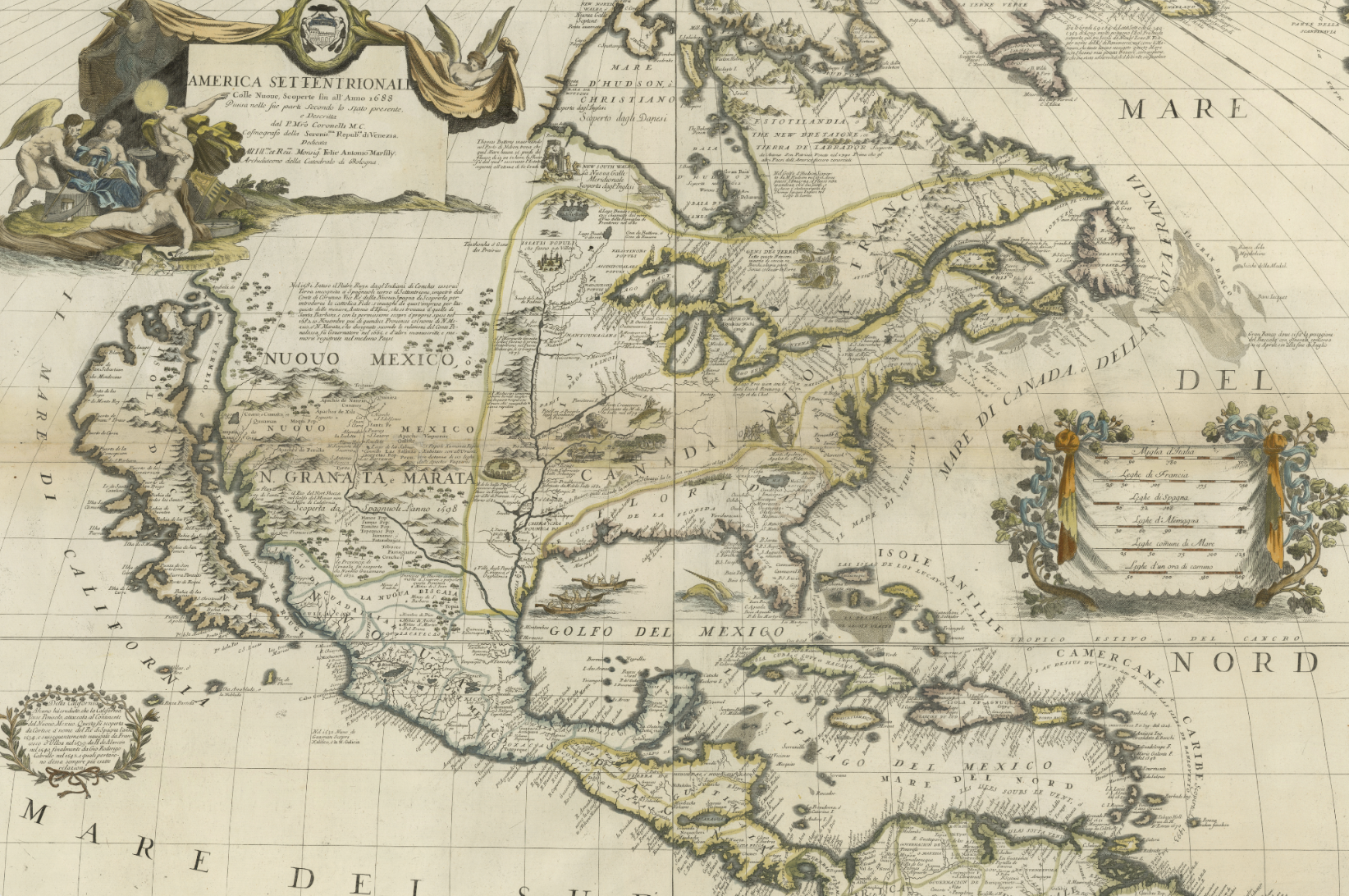
By the year 1678, his talents and dedication led him to the realm of geography, where he was commissioned by Ranuccio II Farnese, Duke of Parma. The Duke sought Coronelli’s expertise to create a pair of magnificent globes, each with a diameter of 175 centimetres. These spheres weren't mere decorative items– but carefully crafted representations that meticulously depicted the Earth and the celestial orbs above.
The completion of these globes marked a pivotal moment in his career, signalling the beginning of his ascent as one of Europe’s most esteemed globe makers. His intricate craftsmanship and profound understanding of both geography and astronomy garnered him widespread recognition, establishing his place in history as a pivotal figure in the world of cartography and globe-making.
His Actions Through History
In 1681, Coronelli moved to Paris, where his reputation thrived. His craftsmanship was so highly regarded that Cardinal d’Estrées, the ambassador to Rome, commissioned two monumental globes for Louis XIV, known as the Sun King.
Crafted between 1681 and 1683, these remarkable masterpieces include both terrestrial and celestial globes. Each one measures 382 centimetres in diameter and weighs nearly two tons, showcasing the impressive artistry and craftsmanship of the period.
The celestial globe, painted and illuminated by Jean-Baptiste Corneille, depicted the sky as it appeared at Louis XIV’s birth, complete with allegorical constellations. Today, these orbs are cherished artefacts housed in the Bibliothèque Nationale de France, displayed at the François Mitterrand site.
In 1684, upon his return to Venice, the esteemed cartographer and cosmographer was appointed as the official cosmographer of the Serenissima Republic. This prestigious role allowed him to significantly contribute to the field of geography and exploration. In the same year, he established the Accademia degli Argonauti, recognised as the world's first geographical society. This institution served as a hub for scholars and enthusiasts alike, fostering the advancement of geographical knowledge and promoting the exchange of ideas related to exploration and navigation.
Coronelli's impact reached well beyond the borders of Italy, as his innovative and meticulously crafted globes gained recognition throughout Europe.
Today, original examples of his globes are preserved in several notable institutions, including the Austrian National Library, which showcases his contributions to cartography. Additionally, the Benedictine Abbey of Melk, houses a collection that reflects the artistry and precision of his work. The library in Trier (Germany) is another important repository, containing globes created by Coronelli from the years 1688 and 1693, highlighting the enduring legacy and influence of his geographic pursuits across the continent.
Scientific and Artist Legacy
Coronelli's globes weren't merely scientific instruments; they were also works of art, symbols of exploration, and monuments to human curiosity. His legacy continues to impact the fields of cartography, astronomy, and historical craftsmanship.
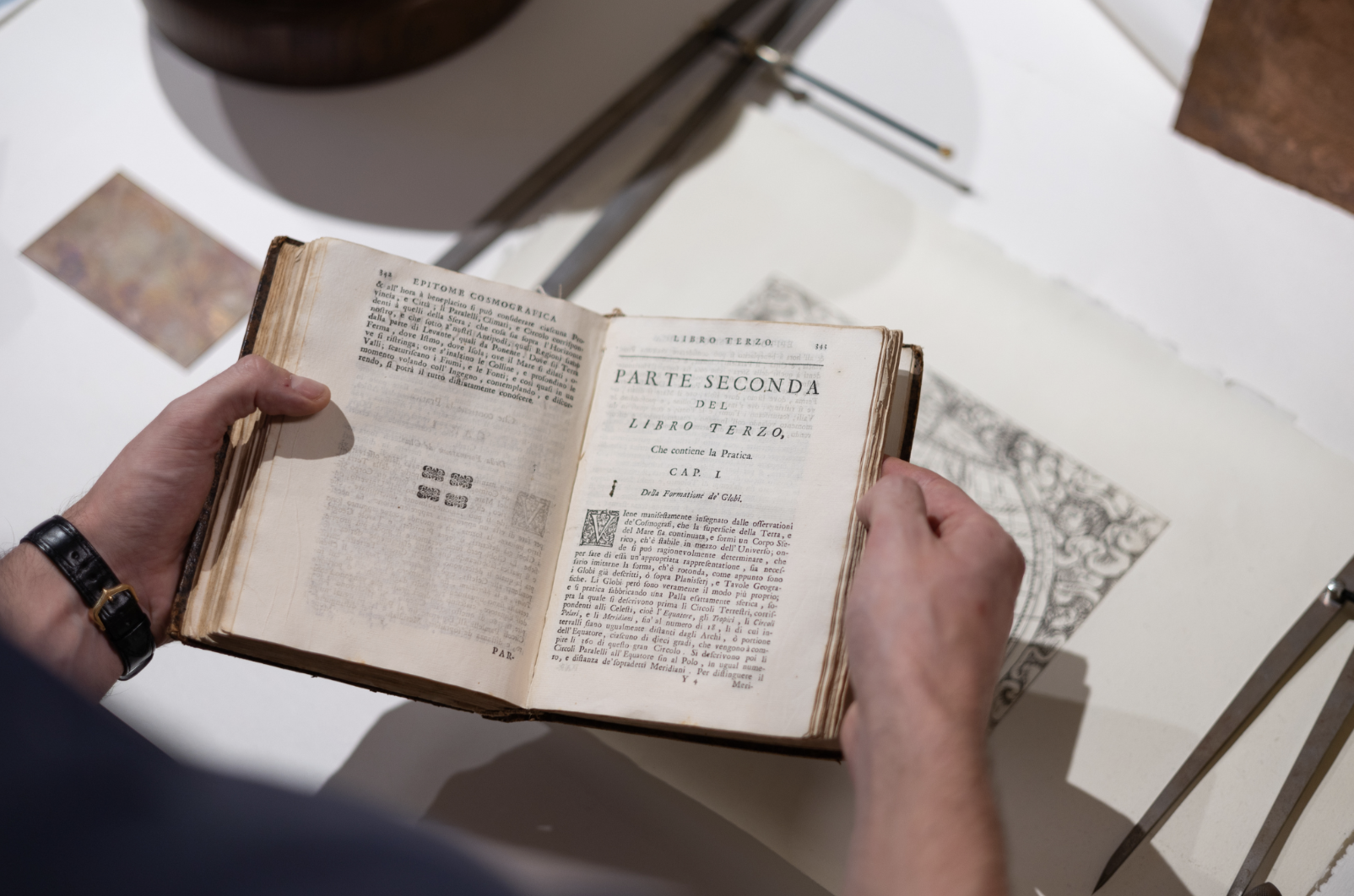
His globes blended scientific precision with artistic elegance, often featuring elaborate illustrations of constellations, mythological figures, and geographic details. They reflected the curiosity and ambition of 17th-century Europe and remain celebrated for their craftsmanship and historical significance.
Today, Coronelli’s globes can be found in institutions like the Bibliothèque Nationale in Paris, the Museo Correr in Venice, and the Ransom Centre at the University of Texas. They continue to inspire admiration for their scale, beauty, and intellectual depth.
Leonardo's Homage in Modern Interpratation
Years ago, while immersed in the study of cartography, Leonardo stumbled upon an article about Vincenzo Coronelli. The name sparked his curiosity, and as he explored Coronelli’s heritage, he found himself captivated by the depth of knowledge contained in this manual, the "Epitome Cosmografica". Far more than a technical guide, its first sections delve into geography and astronomy, offering a sweeping overview of Coronelli’s research and teachings.
What struck Leonardo most was the sheer beauty of Coronelli’s work: the elegance of his maps, the craftsmanship of his globes, and above all, his dedication to sharing knowledge. Moved by this spirit, Leonardo felt compelled to revive the tradition. He began gathering the materials needed to recreate a globe as faithfully as possible, determined to honour the artistry and intellect of the past.
But his influence wasn’t purely aesthetic– it was also entrepreneurial. As Leonardo dug deeper, he discovered that Coronelli’s working methods weren’t always precise.
A London bookseller specialising in antiquarian books, once told him that while Coronelli’s printing was superb, the organisation of his atlases and globes was often chaotic.
Deep Research vs. Old Notions
Many of the materials and techniques Coronelli described were considered common knowledge in the 17th century, and thus left unexplained. For example, he referred to a “simple glue” without providing a recipe, assuming everyone knew how to make it. Leonardo had to embark on a historical investigation to reconstruct it, eventually discovering that it was made from wheat starch.
Of all the materials, paper proved the most difficult to replicate. It had to be flexible enough to wrap around a sphere, suitable for intaglio printing, absorbent for watercolour, and resilient enough to endure varnishing.
One of the most intriguing ingredients Coronelli mentioned was Venetian turpentine– a resin extracted from larch trees. Used in his varnish, it added gloss and elasticity to the finish. It also had medicinal uses, prized for its antibacterial properties.
Leonardo left no detail unexplored. His research took him far beyond borders, allowing him to explore an old, cartographic tradition. Ultimately, it brought him back to his roots in Veneto, and Venice, the historic city that served as a significant centre for mapmaking and where the renowned cartographer had once worked.
Each globe he meticulously crafts stands as a heartfelt tribute to a rich, centuries-old legacy of exploration and artistry. Moreover, these globes serve as a bridge connecting his heritage with the great cartographic genius, embodying the spirit of discovery and craftsmanship that has characterised Venice for centuries.
If you want to know more about this extraordinary story, read Leonardo Frigo’s interview here.
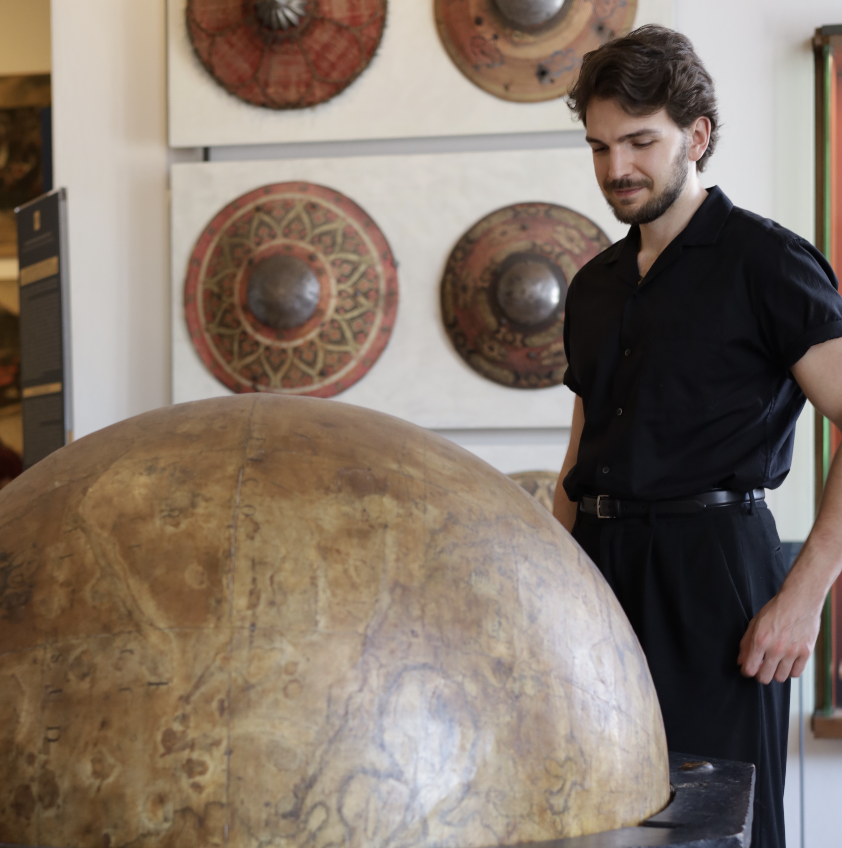
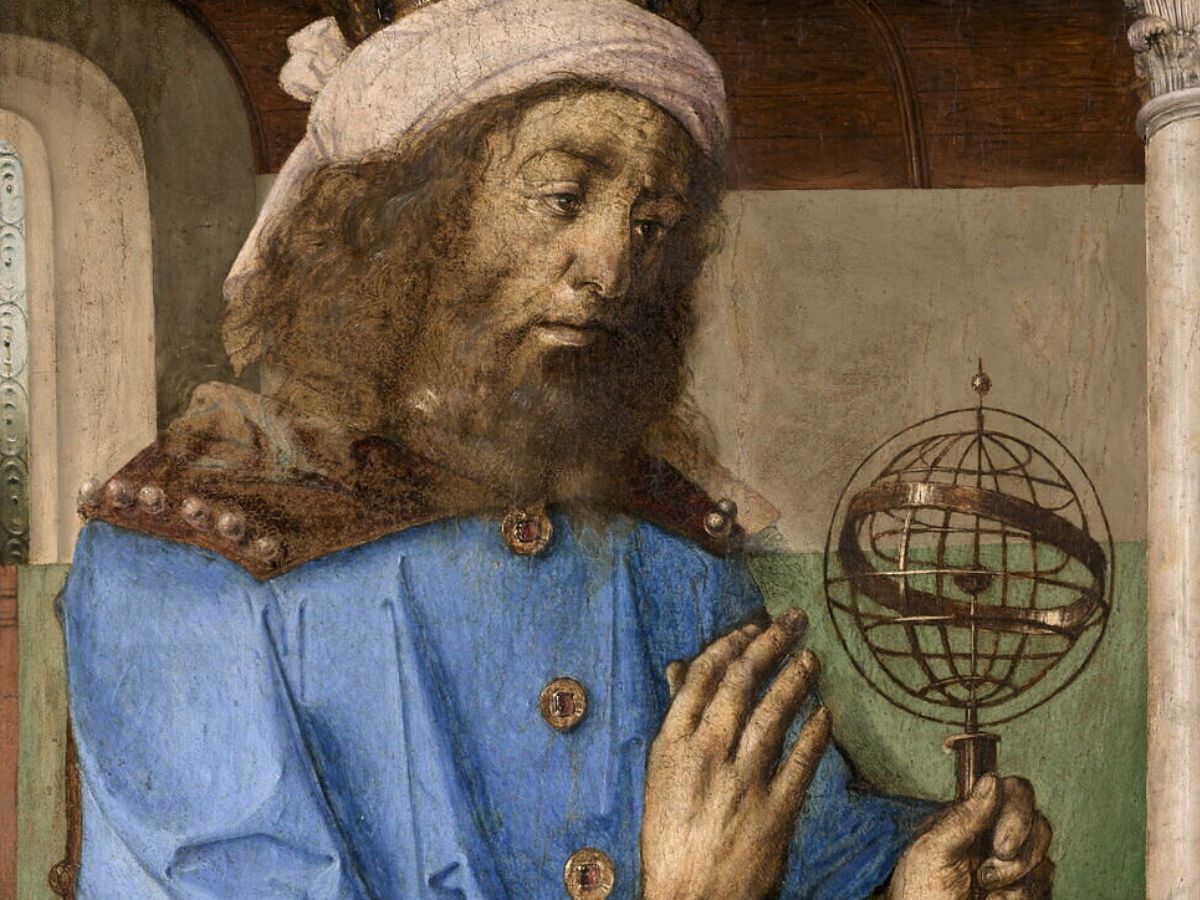

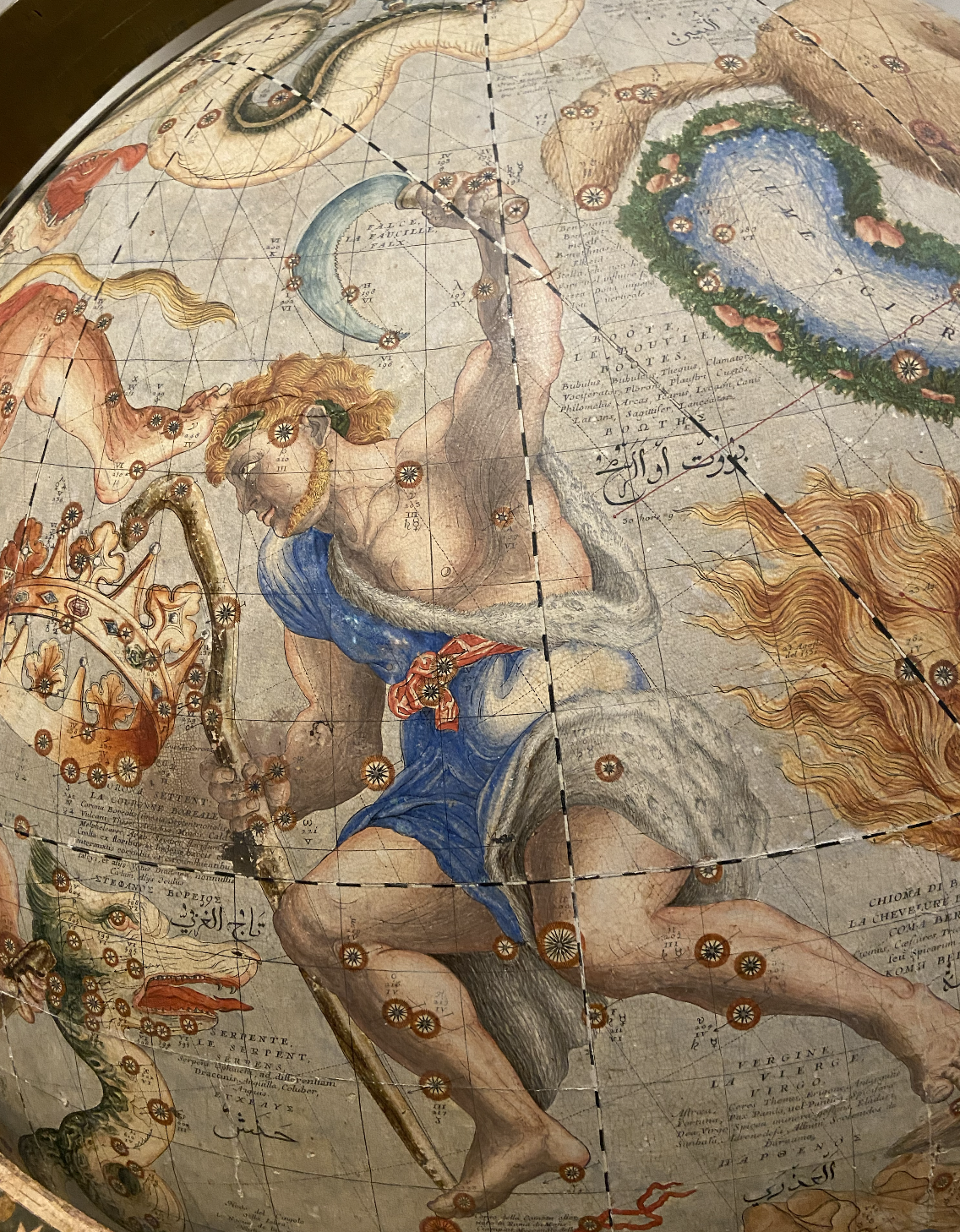
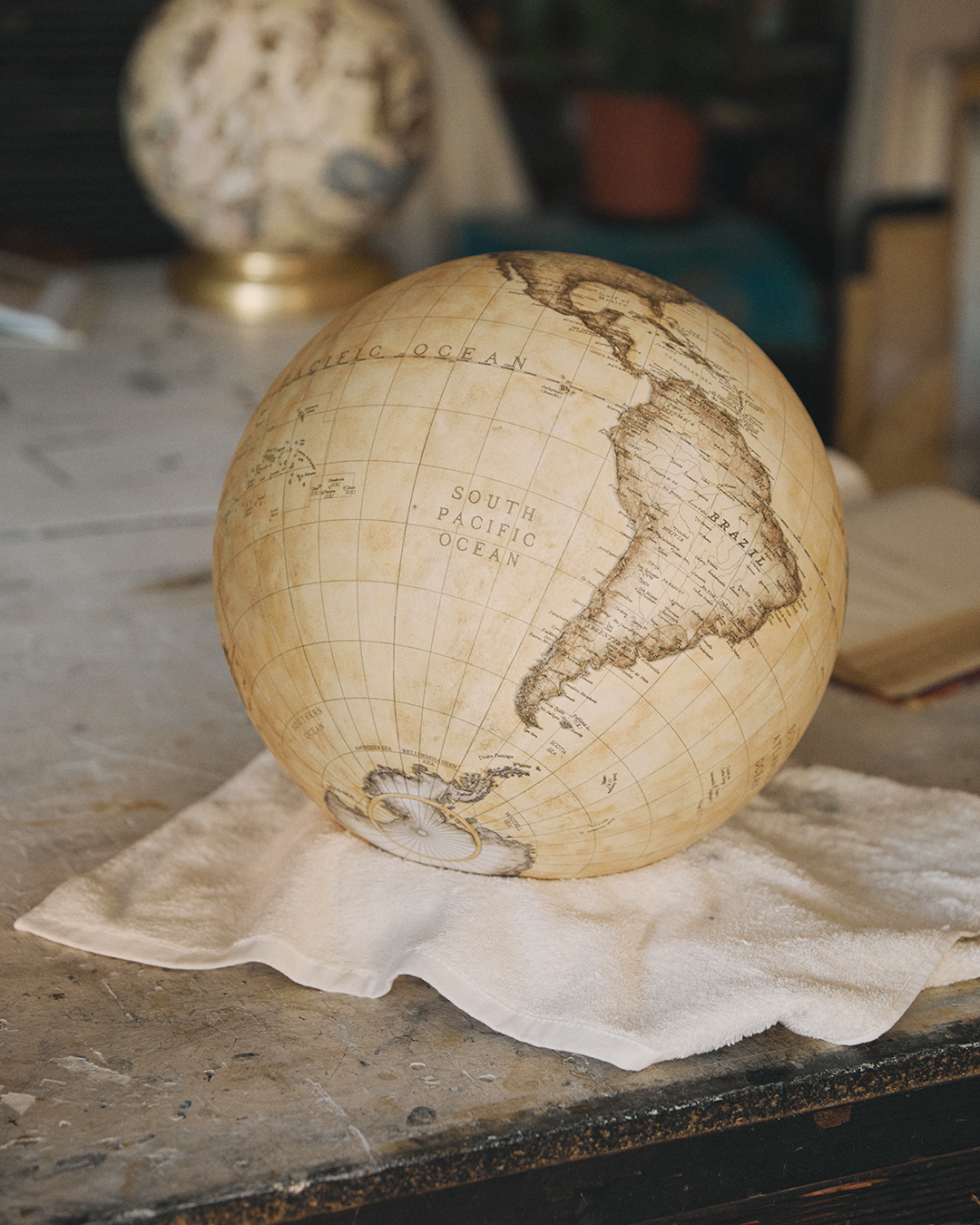
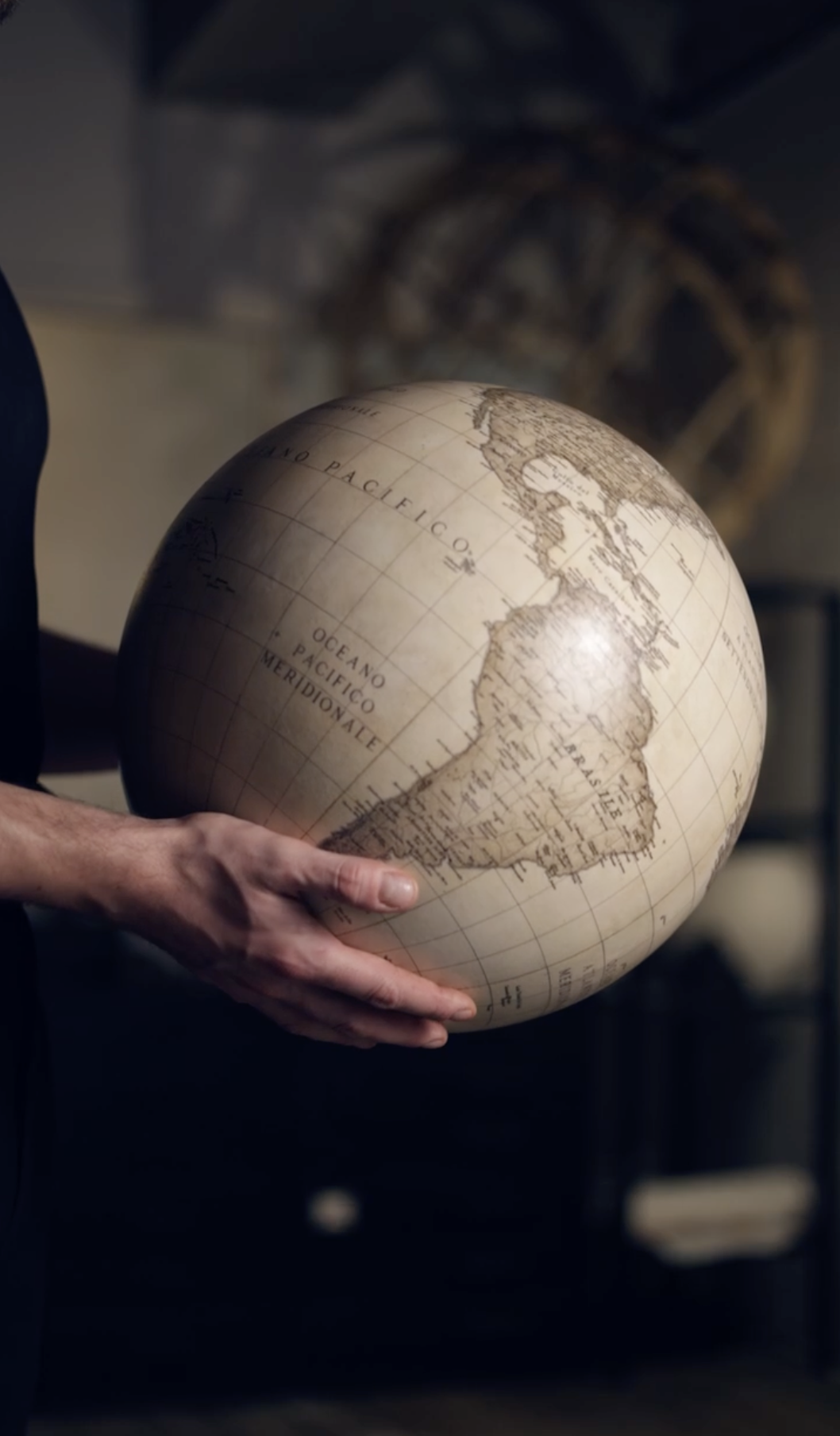


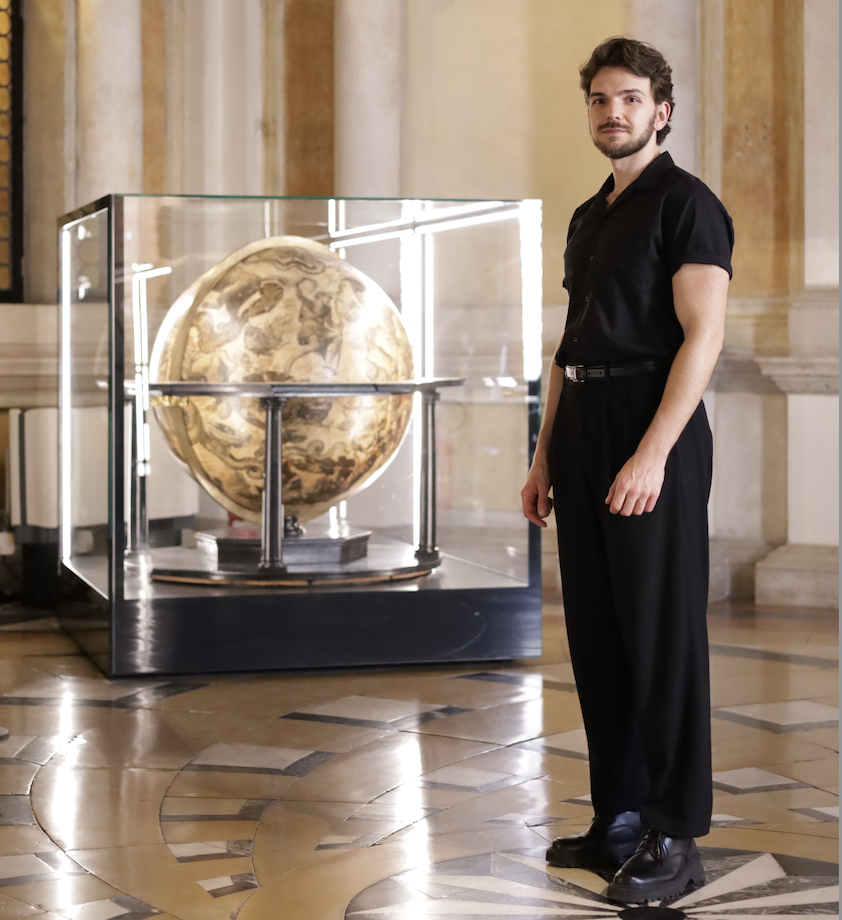


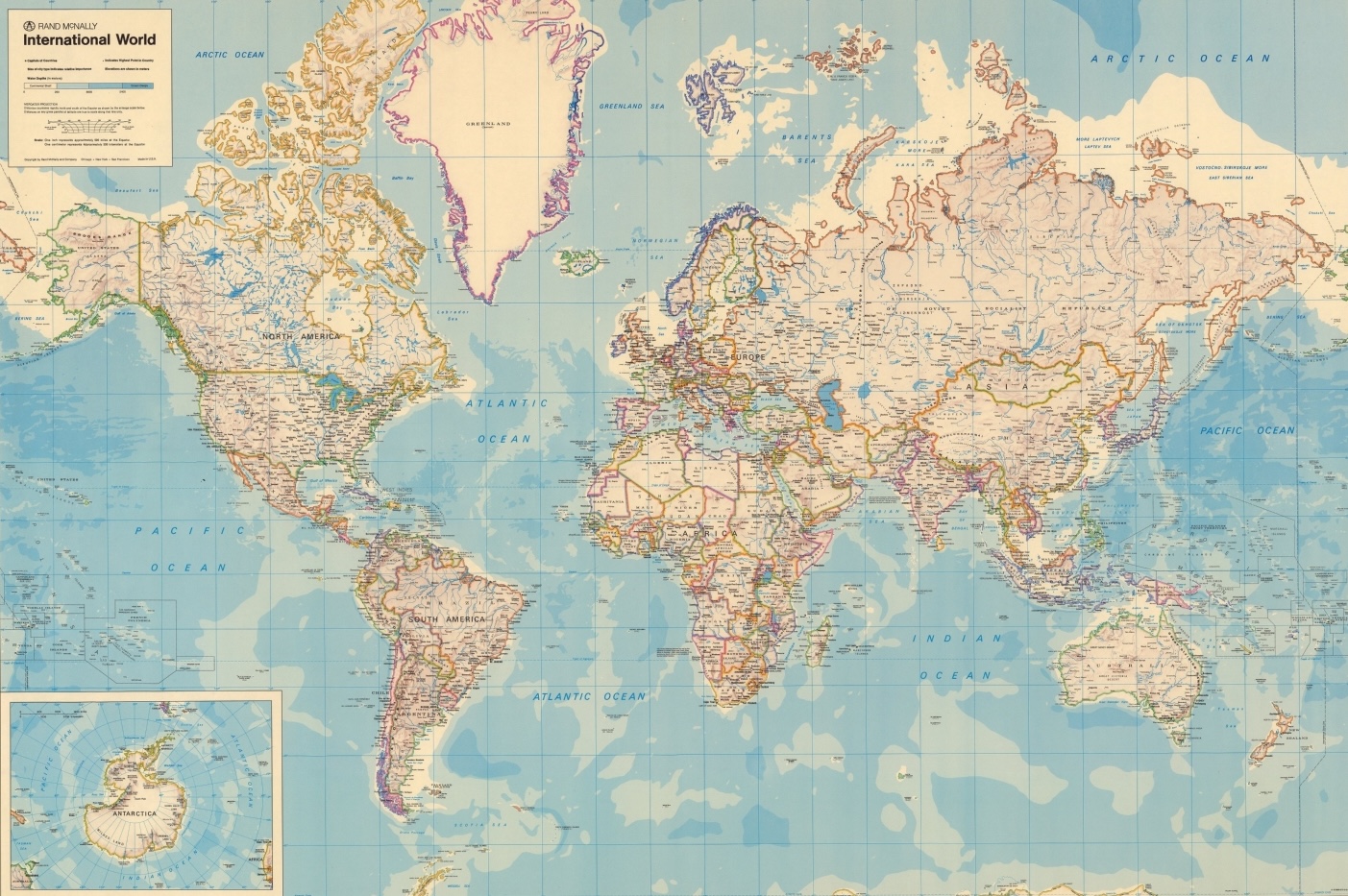
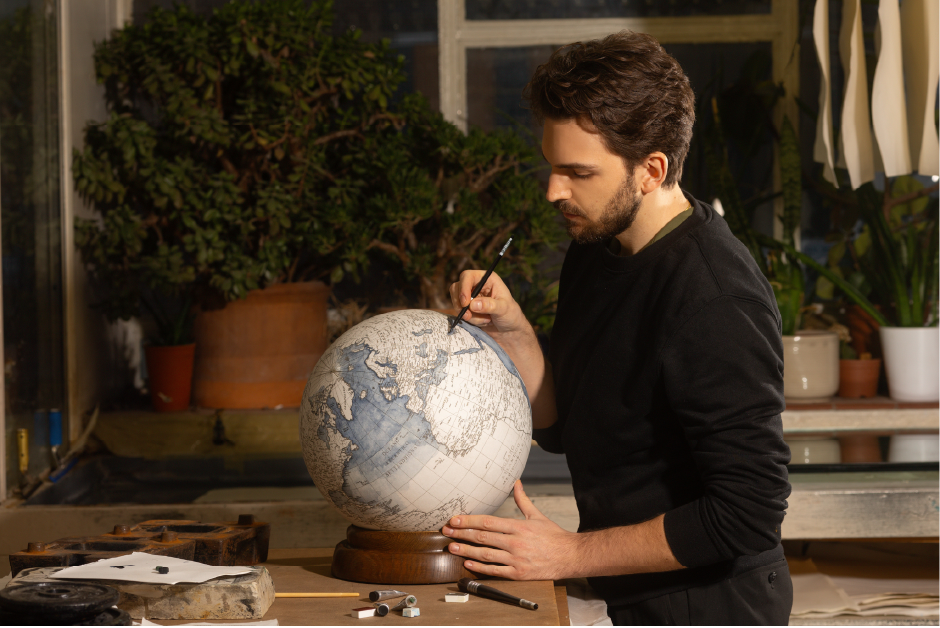
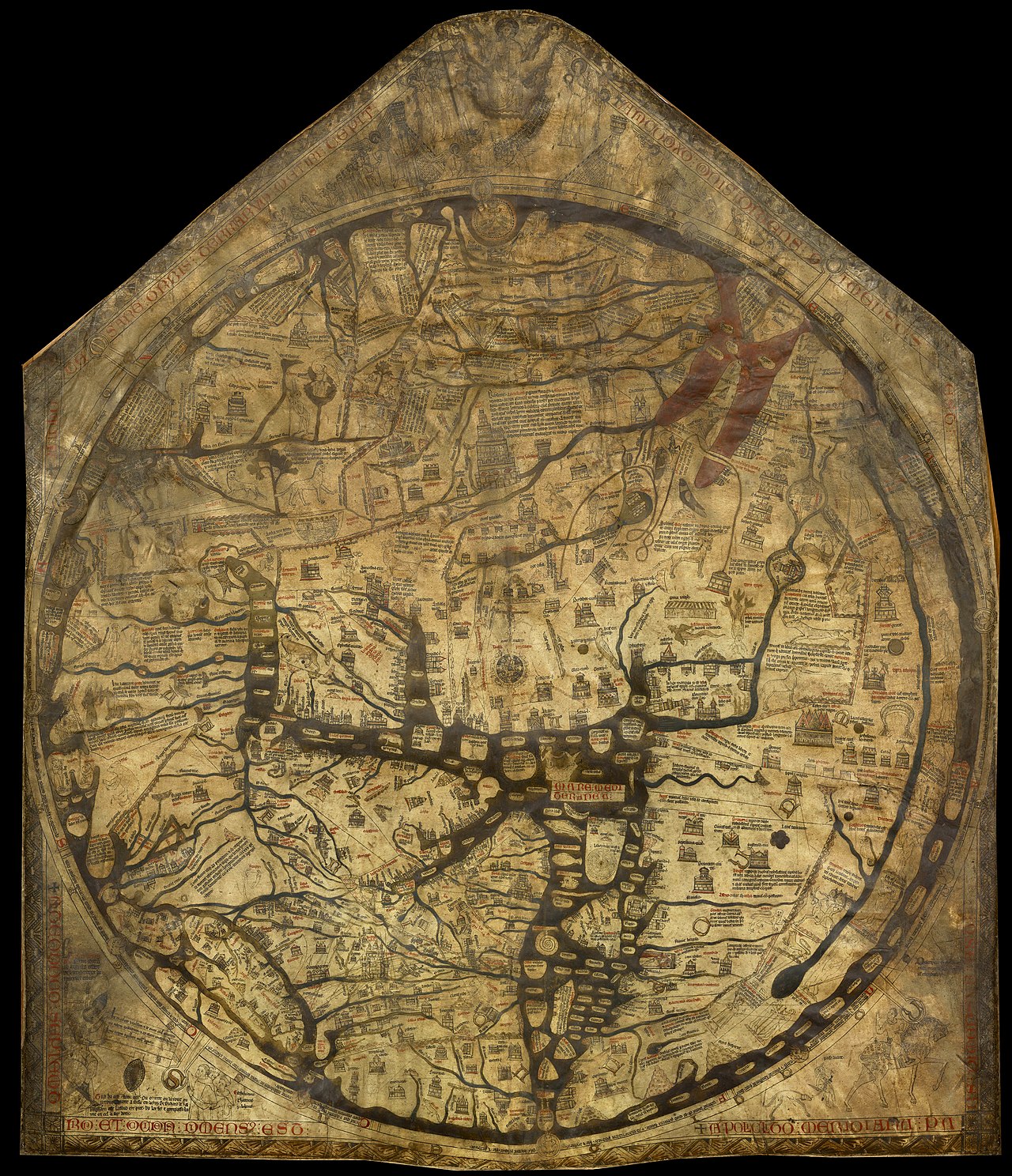
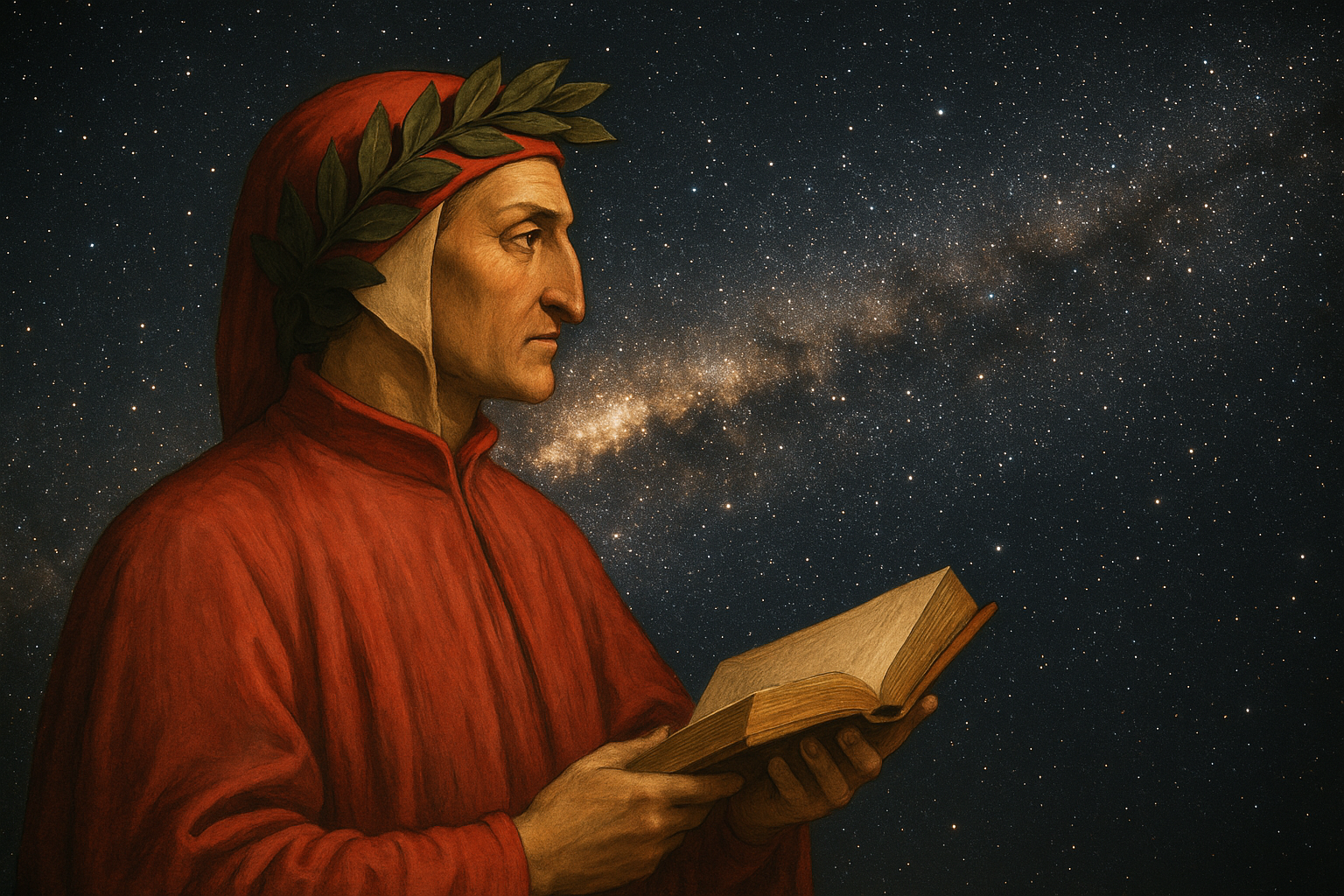
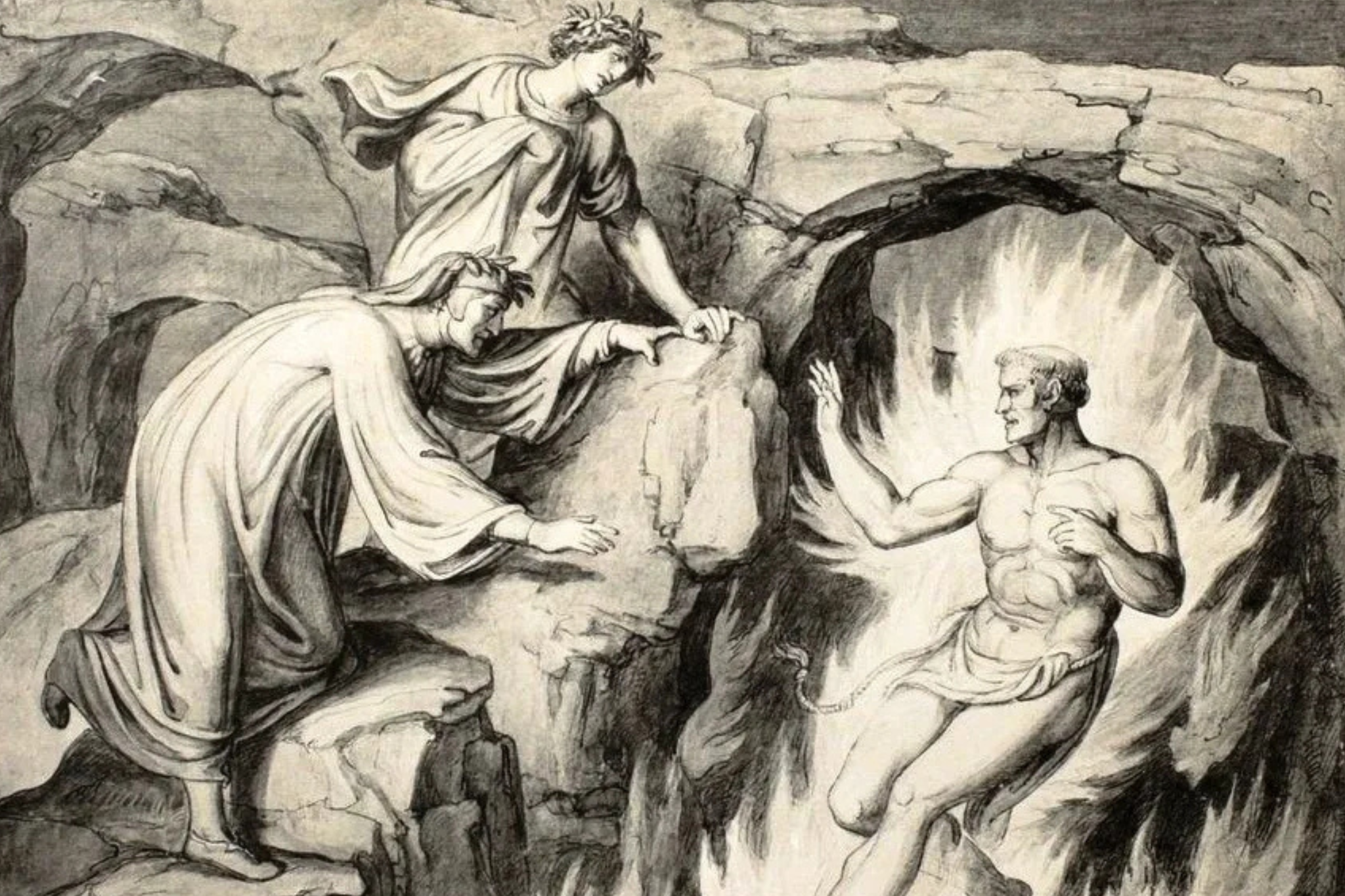








.avif)